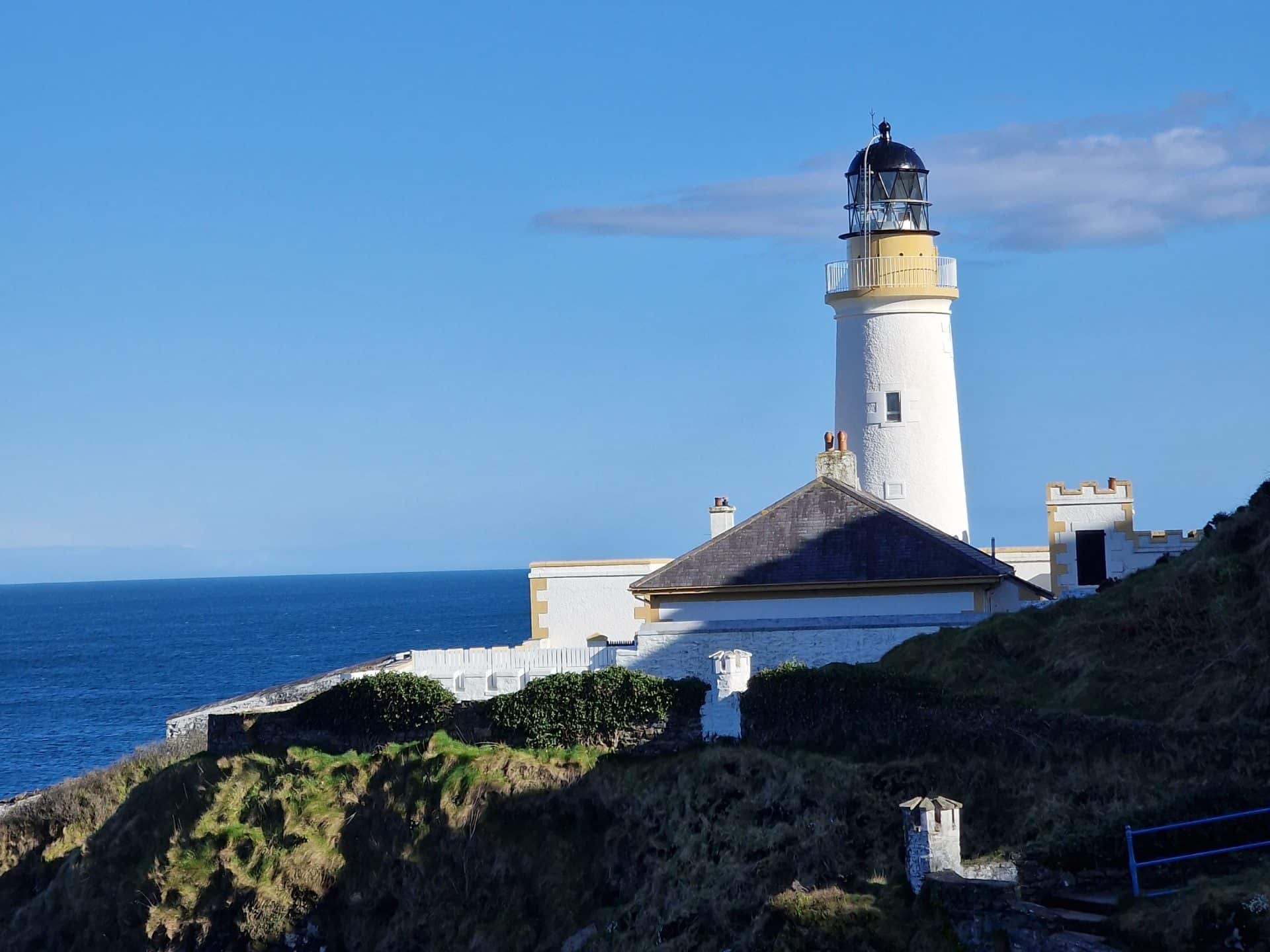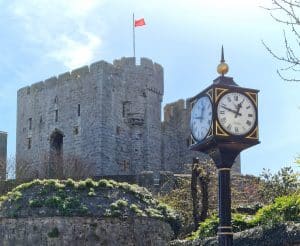The Isle of Man, situated in the Irish Sea, is a self-governing British Crown dependency with a rich history and culture. Despite being just 572 km², the island boasts stunning natural beauty, a vibrant economy, and a unique political system that sets it apart from other nations.
The island is situated between Great Britain and Ireland and is known for its rugged coastline, rolling hills, and stunning beaches. The island has a mild, temperate climate, warm summers and cool winters. It is home to several nature reserves, including the Ayres, which is home to several rare bird species, and the Ballaugh Curraghs, a wetland area that provides a habitat for a wide variety of wildlife.



The Isle of Man has a rich cultural heritage reflected in its music, art, and traditions. The island is famous for its Celtic and Viking roots and its unique language, Manx Gaelic, which is still spoken by some residents. The island is also home to several museums, including the Manx Museum, which tells the story of the island’s history and culture.
The diverse and prosperous economy of the island is centered around finance, tourism, and manufacturing. The island is home to several global financial services firms and has a well-developed banking industry. The island is also a popular tourist destination, with visitors drawn to its stunning natural beauty and unique culture. The manufacturing industry is also essential to the island’s economy, with firms specializing in aerospace, precision engineering, and electronics.
The political system is unique and different from other nations. The island is not part of the United Kingdom but is a self-governing British Crown dependency. This means that the island has its own government, which is responsible for its internal affairs, but the UK government is responsible for its external affairs, such as defense and foreign relations.
Snaefell Mountains Railway
The Snaefell Mountains Railway on the Isle of Man is one of the world’s most spectacular and unique railways. This historic railway was opened in 1895. It continues to provide visitors with a breathtaking journey through the rugged beauty of the island’s highest peak.
The Snaefell Mountain Railway is a narrow gauge railway from Laxey to the summit of Snaefell, the highest peak on the Isle of Man, standing at 2,036 feet (621 meters) above sea level. The railway covers approximately 4.5 miles (7.2 kilometers) and has a maximum gradient of 1 in 12.5.
The railway was built using the Abt rack and pinion system, which allows the trains to climb steep gradients. The trains are charmingly old-fashioned, with open-sided carriages that provide stunning views of the surrounding landscape. The railway is also unique in that it is the only electric mountain railway in the British Isles and one of only a few such railways in the world.

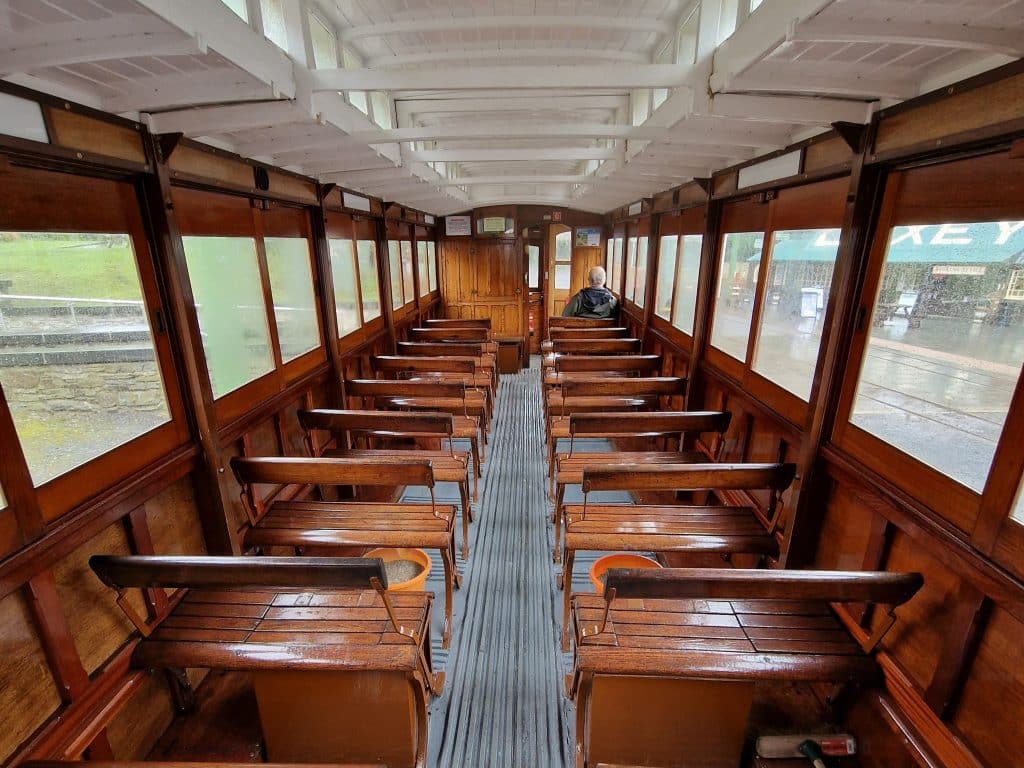
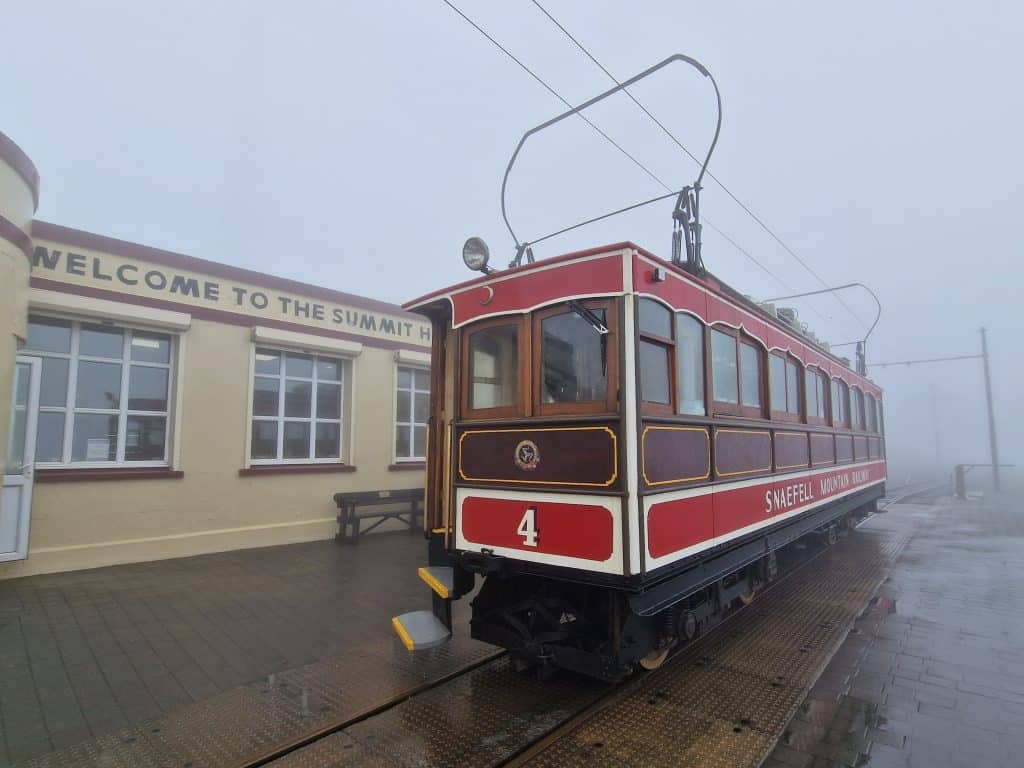
The journey on the Snaefell Mountain Railway takes visitors through various landscapes, from the lush greenery of the lower slopes to the barren, windswept summit of Snaefell. Along the way, visitors can enjoy spectacular views of the Isle of Man’s coastline and countryside and glimpses of local wildlife, such as mountain hares and kestrels.
The summit of Snaefell is a popular destination for visitors, who can take in the panoramic views of the island from the summit cafe. On a clear day, visitors can see as far as the mountains of Scotland and the coast of Ireland.
The Snaefell Mountain Railway has a rich history and has played an essential role in developing the Isle of Man’s tourism industry. In the early days of the railway, visitors were drawn to the island by the promise of a journey to the top of Snaefell. The railway remains a popular attraction for visitors today.
Laxey Wheel
The Laxey Water Wheel on the Isle of Man is one of the most remarkable feats of engineering of the Victorian era. The wheel, also known as Lady Isabella, was built in 1854 and is one of the largest water wheels in the world. It stands over 22 meters tall and has a diameter of 11 meters. The Laxey Wheel is an impressive sight, and it has become one of the most popular tourist attractions on the Isle of Man.
The water wheel was built to pump water from the lead mines in the hills above Laxey. The mines needed a constant water supply to keep them operational, and the Laxey Wheel was designed to provide that supply. The wheel was powered by water from the Laxey River, which was fed into a large tank above the wheel. The weight of the water in the tank provided the energy needed to turn the wheel.



The Laxey Wheel was built by the British engineer Robert Casement, a water wheel design specialist. Casement’s design was innovative, using a double-acting piston to transfer the power from the water to the wheel. This allowed the wheel to operate continuously, despite intermittent water flow.
The system remained in operation until 1929, when it was replaced by electric pumps. However, the wheel was preserved as a historic landmark and has been restored several times over the years. Today, visitors can see the wheel in operation, and a museum on site tells the story of the wheel and its importance to the Isle of Man.
All information and opening times about the Laxey Wheel can be found on the website of the National Heritage of the Isle of Man.
Castletown
Castletown, situated on the southern coast of the Isle of Man, is a town steeped in history and charm. Founded in the 11th century, Castletown is the ancient capital of the Isle of Man and boasts a range of attractions, from its stunning architecture to its fascinating museums.
The town’s most prominent feature is Castle Rushen, a medieval castle dating back to the 13th century. The castle is one of the best-preserved medieval castles in Europe and was once the island’s government seat. Today, visitors can explore the castle’s many chambers and learn about its history from the knowledgeable guides. From the top of the castle’s tower, visitors can enjoy stunning views of the surrounding town and countryside.
Another must-see attraction in Castletown is the Nautical Museum, which showcases the island’s rich maritime history. Exhibits include everything from shipwreck artifacts to model boats and displays on the island’s fishing and boat-building industries. Visitors can also learn about the island’s role in the slave trade and the story of the famous Manx catboat, a traditional fishing vessel unique to the Isle of Man.
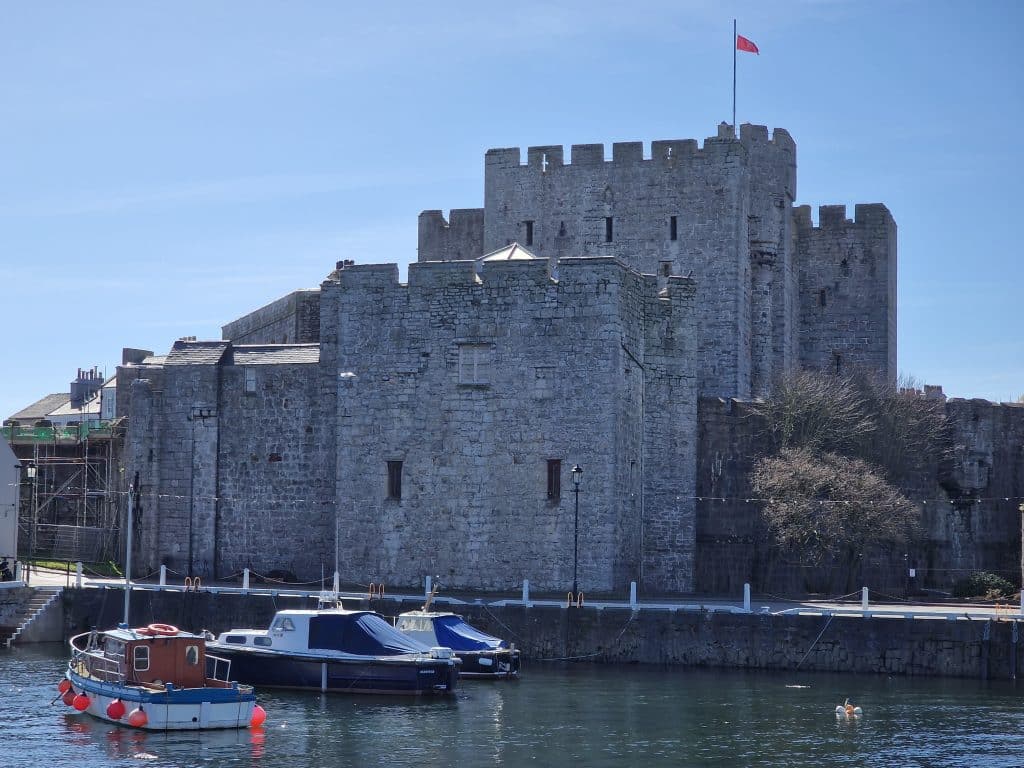


The Old Grammar School in Castletown is a must-visit for those interested in art and culture. The school was founded in 1701 and has been beautifully restored as a community art space. The building features stunning examples of Manx craftsmanship and hosts various exhibitions and events throughout the year.
Castletown also has a range of charming cafes, restaurants, and pubs where visitors can enjoy a bite to eat or a drink while taking in the town’s unique atmosphere. The town’s narrow streets and quaint houses add to its charm. Visitors can easily spend an afternoon exploring its many nooks and crannies.
One of the best times to visit Castletown is during the annual Manx Heritage Open Days, held every September. During this event, many of the town’s historic buildings, including Castle Rushen and the Old Grammar School, open their doors for free, offering visitors a unique opportunity to explore its rich history and culture.
Douglas
Douglas is a beautiful town on the Isle of Man, a small island between Great Britain and Ireland in the Irish Sea. With a population of approximately 27,000, Douglas is the largest town on the island and serves as its capital.

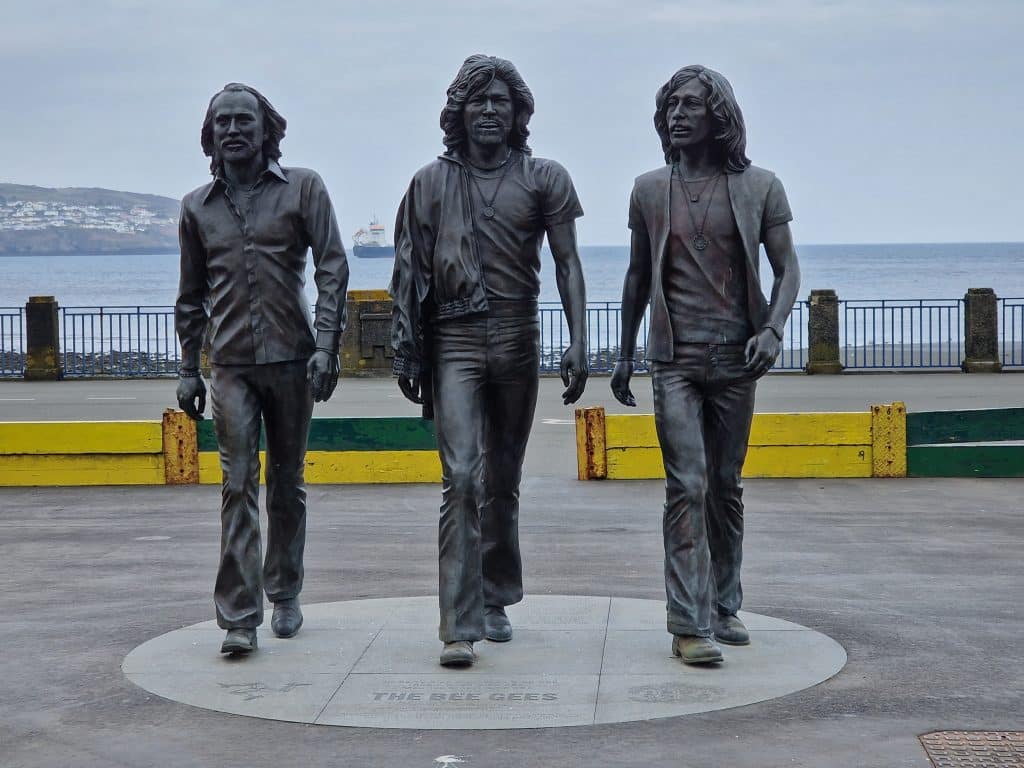

The town of Douglas is known for its picturesque waterfront and Victorian-era architecture. Visitors can stroll along the promenade and admire the stunning views of the bay or explore the town’s many historic buildings and landmarks.
Read more about Douglas on 6 Interesting Things to Do in Douglas, the Isle of Man
Heritage Railways
The Isle of Man is known for its stunning natural beauty and rich cultural history. One of the most unique and fascinating aspects of the island’s heritage is its extensive network of heritage railways.
The island boasts several heritage railways operating for over a century, providing visitors with an authentic and immersive experience of the island’s rich railway heritage. One of the most popular and well-known railways is the Isle of Man Steam Railway, which opened in 1874 and continues to operate today. The railway spans 15 miles from Douglas, the island’s capital, to the historic seaside town of Port Erin. The train takes passengers through breathtaking scenery, including a rugged coastline, rolling hills, and picturesque villages.

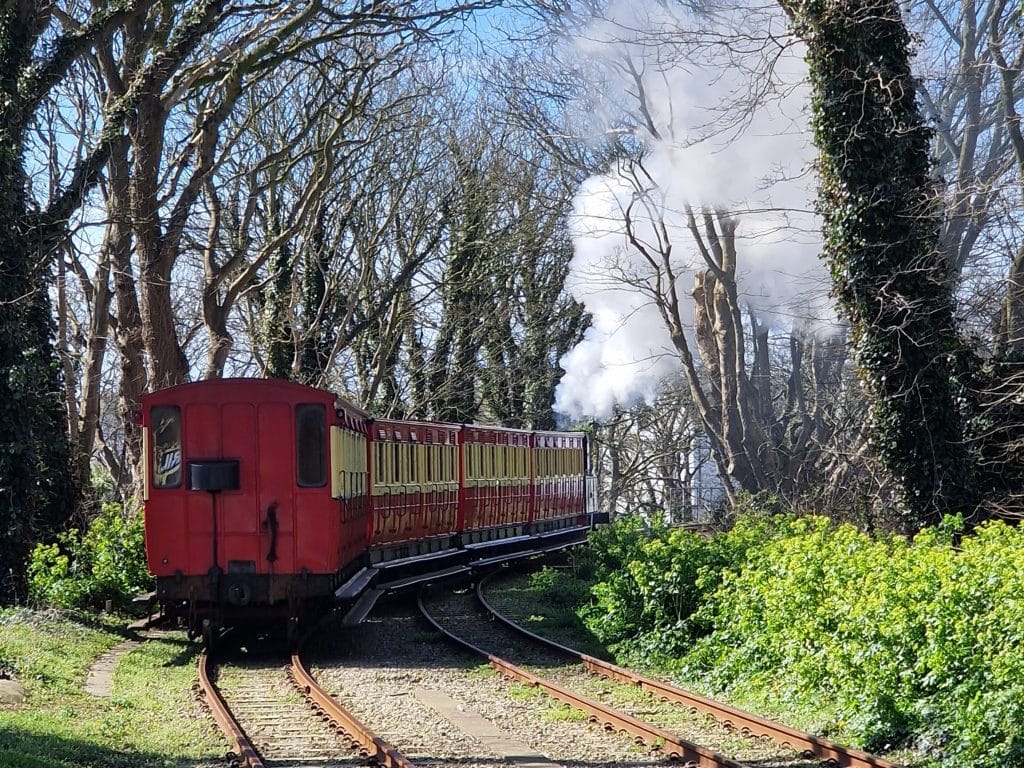

Another notable heritage railway on the island is the Manx Electric Railway, which dates back to 1893 and is the oldest electric railway in the world still in operation. The railway runs 17 miles from Douglas to Ramsey, taking passengers through some of the island’s most scenic coastal landscapes. Along the way, visitors can enjoy stunning views of the Irish Sea and the island’s rugged terrain.
The Isle of Man also has the unique Groudle Glen Railway for those interested in industrial heritage. This narrow-gauge railway first opened in 1896 and was initially used to transport tourists to a popular beauty spot. The railway fell into disrepair in the mid-20th century but was later restored and now operates as a tourist attraction, offering visitors the chance to ride through the scenic Groudle Glen on a historic steam train.
Read more about the Heritage Railways in the Isle of Man: Discover the fascinating Railways in the Isle of Man

